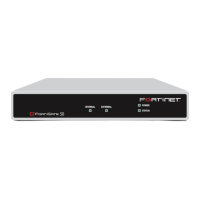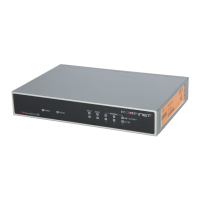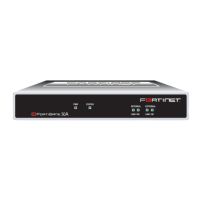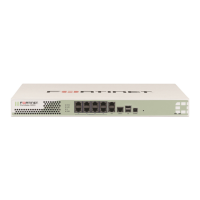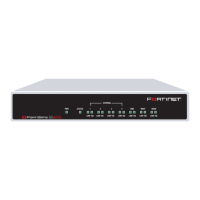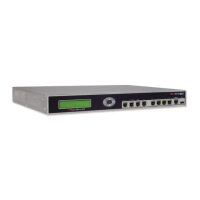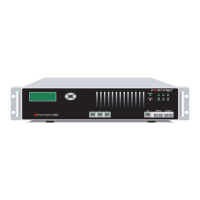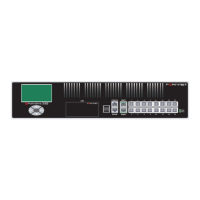Getting started Planning the FortiGate configuration
FortiGate-500 Installation Guide 01-28004-0023-20040830 21
Figure 4: Web protection profile settings
Planning the FortiGate configuration
Before you configure the FortiGate unit, you need to plan how to integrate the unit into
the network. Among other things, you must decide whether you want the unit to be
visible to the network, which firewall functions you want it to provide, and how you
want it to control the traffic flowing between its interfaces.
Your configuration plan depends on the operating mode that you select. The FortiGate
unit can be configured in one of two modes: NAT/Route mode (the default) or
Transparent mode.
NAT/Route mode
In NAT/Route mode, the FortiGate unit is visible to the network. Like a router, all its
interfaces are on different subnets. The following interfaces are available in
NAT/Route mode:
• External is the interface to the external network (usually the Internet).
• Internal is the interface to the internal network.
• DMZ is the interface to the DMZ network.
• HA is the interface used to connect to other FortiGate-500s if you are installing an
HA cluster
• Ports 1 to 8 can be connected to other networks.
Web To apply antivirus scanning and web content blocking to HTTP content
traffic. You can add this protection profile to firewall policies that control
HTTP traffic.
Unfiltered To apply no scanning, blocking or IPS. Use if you do not want to apply
content protection to content traffic. You can add this protection profile to
firewall policies for connections between highly trusted or highly secure
networks where content does not need to be protected.

